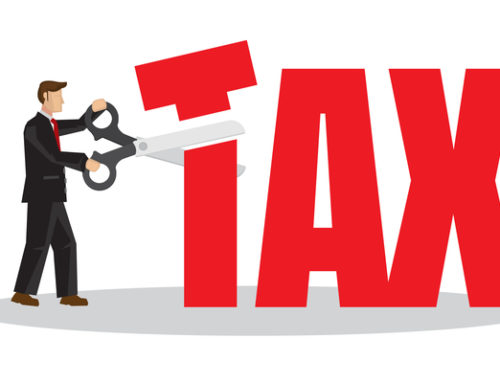The Association of American Medical Colleges recently reported some discouraging statistics, including the fact that 75% of medical school students in the class of 2018 graduated with student debt at an average of almost $200,000. With this level of debt, you’d owe $2,122 per month on the standard, 10-year federal debt repayment plan.
The Bureau of Labor Statistics reports an average salary of $177,333 for family and general practitioners recently out to medical school. This means that new doctors are committed to paying 7+ percent of their salary to their loan repayment.
This does not paint a pretty picture for those in the medical profession, but don’t be discouraged! There are several strategies you can employ to help manage the stress of debt repayment.
A DOCTOR CLIENT EXAMPLE
We wanted to share a specific strategy that our doctor clients have employed in order to help them better manage school debt repayment. Clients may save 3% of their salary into a separate account, either directly through their employer, or as an automatic transfer from their checking account, directly to their debt repayment account. Then, set up a direct withdrawal to the credit card or loan company.
This simple step can make a huge impact on your debt, and you likely won’t even notice the difference in your salary. We recommend considering this on top of your normal monthly loan payment.
GENERAL DEBT REPAYMENT STRATEGIES
Below, you’ll find a few more debt repayment strategies to consider. Our team is available to help you put these into play.
Repayment Strategy #1: Did you know you can use your 401(k) or 403(b) to borrow and pay off your debt?
With a loan from one of these accounts, you may borrow money from your account, and then pay yourself back with interest. This can allow you to pay off your student loan debt in one chunk and pay interest to yourself rather than to a credit card company.
There are disadvantages to consider, which include withdrawal cost if separated from employment. Contact us to discuss further.
Repayment Strategy #2: Do you have good credit and a steady job? Consider refinancing your student loan.
This step may help you pay off your student loans more quickly without making extra payments. A lender can replace multiple student loans with a single private loan at a lower interest rate. For example, refinancing $50,000 worth of student debt from 8.5% interest to 4.5% could get you out of student loan debt nearly two years sooner. It will also save you about $13,000 in interest, even with payments that stay about the same.
Repayment Strategy #3: Even though you’ve done nothing wrong, you can be forgiven!
Student loan forgiveness can be an option! In fact, in July of 2019, the LA Times published an article stating, “California doesn’t have enough doctors. To recruit them, the state is paying off medical school debt.”
The following are a few of the student loan forgiveness programs we recommend looking into:
- Public Service Loan Forgiveness
- State Loan Repayment Programs
- National Health Service Corps Loan Repayment Program
- National Health Service Corps Students to Service Loan Repayment Program
- National Health Service Corps Substance Use Disorder Workforce Loan Repayment Program
- National Institutes of Health Loan Repayment Program
- Indian Health Service Loan Repayment Program
- Military Loan Repayment Programs
Please contact us to discuss further, and start employing these debt repayment strategies right away.




